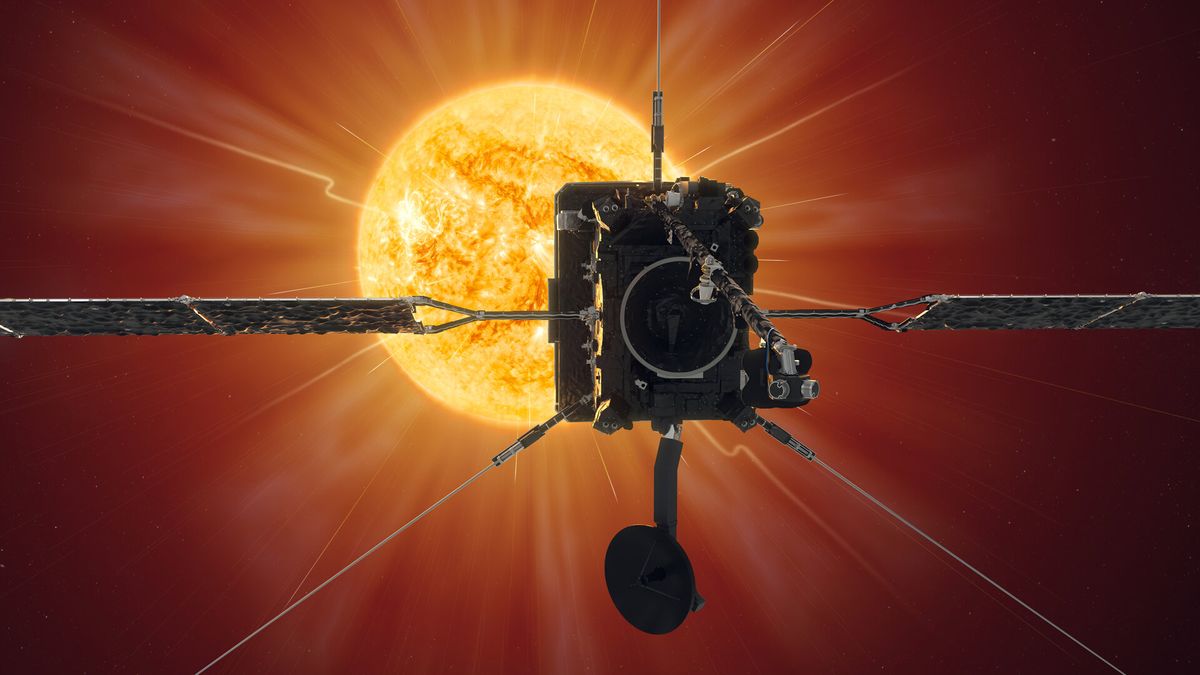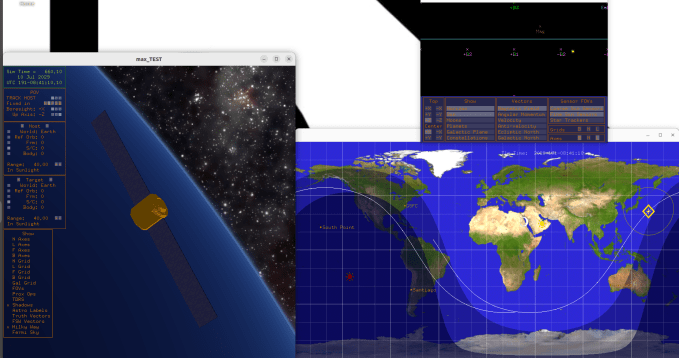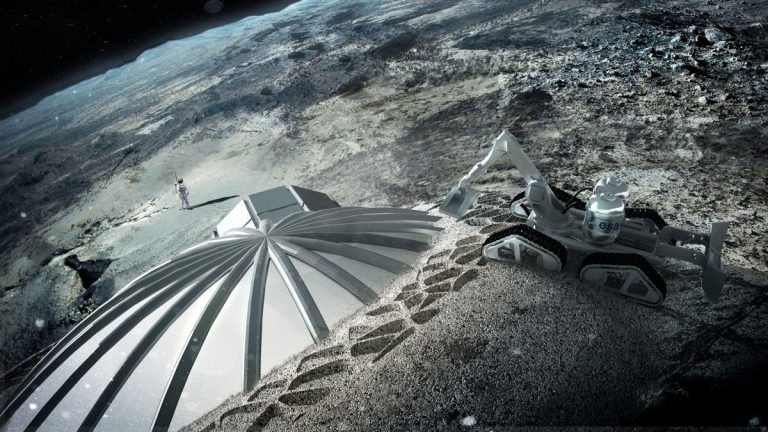Solar Orbiter traces the solar wind to its mysterious source for the first time
European Space Agency Solar orbiter has tracked, for the first time, the solar wind in space at a specific location on our sun’s surface, opening a new way to study the origin of the solar wind, scientists reported Tuesday (May 28).
“This was a key objective of the mission and paves the way for us to study the origin of the solar wind in unprecedented detail,” said Daniel Müller, ESA’s project scientist for the Solar Orbiter. STATEMENT.
Connected: The spacecraft captures absolutely incredible video of the plasma swirling around the sun
The “solar wind” refers to pockets of charged particles blasted from our sun that are sometimes directed toward Earth. A rare group of such storms sparked startling auroras around the world earlier this month, which were likely the strongest in the last 500 years. Such intense geomagnetic storms are also a threat to our electrical grids and satellites, which is why scientists constantly monitor the sun’s activity and try to predict its wrath.
However, despite decades of research, details about the origin of the solar wind remain obscure. Scientists have suspected that streams of charged particles carry unique identifiers for the regions on the Sun they originate from, but those “traces” are often smeared by the time they reach Earth — and that’s where previous studies on the subject have been conducted.
One of Solar Orbiter’s main goals was to help scientists find those tracks and use them to trace the solar wind to specific regions on the sun’s surface. Launched in 2020, the probe is equipped with remote sensing instruments that can observe the sun in “real time” and insitu instruments that can catalog the solar winds around the spacecraft. According to ESA.
When the probe slipped inside Mercury’s orbit in March 2022 during its first close approach to the sun, it cataloged the chemical composition of the solar wind streams it encountered. This chemical composition is known to vary depending on where the jet came from and helped scientists track a slower-moving type of solar wind, which travels less than 310 miles per second (500 kilometers per second), to its source. in the sun.
“We saw a lot of complexity that we could relate to the source regions,” lead study author Stephanie Yardley of Northumbria University in the UK said in the statement.
More specifically, from the probe’s images of the sun’s surface, scientists can determine slow wind streams blasted from regions on the sun where two types of magnetic field lines meet: open, which are anchored to the sun on one side, and closed, which are bright loops rooted at both ends. This validated a theory that posits the slow escape of wind from closed magnetic field lines through their breaking and reconnection, the scientists say.
“Instrument teams spent more than a decade designing, building and preparing their sensors for launch, as well as planning how best to operate them in a coordinated fashion,” said study co-author Christopher Owen of University College London in one. STATEMENT. “So it’s very gratifying to now see the data coming together to find out which regions of the Sun are driving the slow solar wind and its variability.”
This research is described in a paper published Tuesday (May 28) in the journal Nature Astronomy.
#Solar #Orbiter #traces #solar #wind #mysterious #source #time
Image Source : www.space.com







